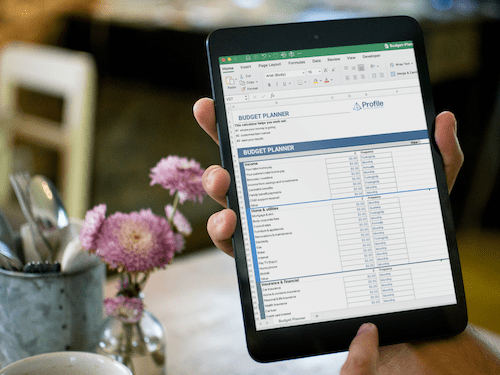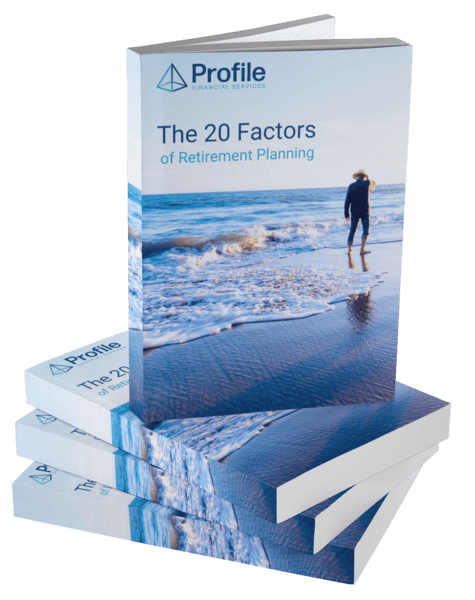As financial advisers, one of the biggest questions we get asked is how much individuals should have in their superannuation account at a certain age. Before we can provide any assessment on the ideal superannuation balance, it’s important to understand what superannuation is.
What is superannuation?
Superannuation, commonly referred to as super, is a mandatory retirement savings vehicle designed to build an asset base that can generate income during your retirement phase. Although retirement may seem distant when you’re in your 30s, taking proactive steps and being aware of your super balance during this stage can have a profound impact on your future financial security. In this article, we will discuss the recommended superannuation balance for individuals in their 30s. However, it is essential to consider that each person’s situation may vary, and these figures should be viewed as a general guideline.
As stated above differing situation can have a major impact on where someone’s superannuation balance could be, therefore I have outlined below some influencing factors.
The four factors that determine your superannuation in your 30s
1. How your employment history impacts your superannuation
Most Australians’ super balance is accumulated via superannuation guarantee contributions (ones made by your employer). Therefore, your employment history and career progression are going to have a major impact. As for a lot of people, their 20s are about discovering what they want to do in their career, whether it’s starting a trade or studying at university. Consequently, the amount being contributed is lower in most cases. The amount contributed to your superannuation is indeed a primary consideration when evaluating your superannuation balance. When comparing individuals who choose to enter the workforce directly after high school with those who decide to study to potentially increase their earning potential, it is essential to consider the trade-off involved.
In this scenario, where an individual decides to take an unskilled job after they complete high school and earns around $60,000 per annum, their superannuation balance in theory could be higher than someone who chooses to study for four years whilst earning a minimal income. Basically, enough to support their study and living requirement whilst earning a degree. This example demonstrates the importance of considering immediate income gain against long-term earning potential. While the individual earning $60,000 per year may have a higher current balance due to consistent contributions, the person who invests time in education and skill development through studying may have the potential for higher future earnings, which can contribute to a larger superannuation balance in the long run.
2. How underlying investments determine your overall superannuation balance
As superannuation is an investment vehicle designed to provide retirement security and income, the underlying investments or options in your account have a significant impact on your overall superannuation balance. While individuals have different risk tolerances, in theory, selecting a lower-risk investment option should result in a lower rate of return over the long term. This concept is known as risk-to-reward, which refers to the inverse relationship between the risk taken in a portfolio and the return it generates. According to this theory, a high-risk portfolio should generate a greater return compared to a lower-risk portfolio over the long term.
3. The trade off between insurance and superannuation
Another significant factor impacting your superannuation balance in your 30s is the cost of insurance, which is deducted from your superannuation account. This stage of life (your 30’s) is often characterised by significant life changes, such as starting a family and purchasing a family home. These major life milestones require individuals to consider the trade-off between having insurance protection for themselves and their families and the potential negative impact on their superannuation balance.
There are three main types of insurance that can be held in superannuation, Life Insurance, Total and Disablement Insurance, and Income Protection Insurance, which provide you and your family integral financial protection against adverse events. However, and this is a big however, the premiums that are deducted from your account to pay for the mentioned policies have a negative impact on your superannuation balance.
The key decision here is to determine the trade-off between insurance vs superannuation balance. While each individual and family is different, there needs to be consideration to assess your personal circumstances, including your overall debt position, children’s education needs, and your family’s risk tolerances.
4. The consolidation of your superannuation
Having multiple superannuation funds or investing your funds through an expensive provider can have a negative impact on your superannuation balance. By having all your superannuation in one account, you will benefit from paying for one set of administration fees and have the ease of tracking one account. There are many tools available, such as YourSuper comparison tool, which can provide information about different MySuper products that may suit you based on key differences. While this does not include all superannuation providers, it may give you a good indication if your account is expensive compared to its competitors.
How much superannuation should you have in your 30s?
Now that we have discussed how your superannuation may have been affected thus far, let’s address the question of how much superannuation you should have in your 30s. Unfortunately, providing a specific numeric answer is challenging due to the many variables involved. These variables include:
A. Your retirement needs
Consider factors such as your desired lifestyle, travel plans (both overseas and domestic), monthly living expenses during retirement, and whether you intend to financially support your children.
B. Portfolio investment strategy
Assess whether your portfolio is invested in high-risk or low-risk investments.
C. Retirement funding sources
Determine whether you plan to rely on the government age pension or be self-funded.
Conclusion
The ideal superannuation balance in 30’s requires evaluating your projected retirement income needs, assessing your current super balance, considering contributions and investment returns, and aligning them with your retirement goals. While calculators offer guidance, it’s crucial to seek personalised advice from a financial adviser who can tailor recommendations to your specific circumstances. Regularly reviewing and adjusting your superannuation strategy throughout your 30s should help keep you on track towards your retirement goals.
If you would have a question, a query or would like more information about we can help you, please contact our friendly team today.
To stay up-to-date with our latest articles, industry updates and more, simply follow our Facebook or LinkedIn pages.







